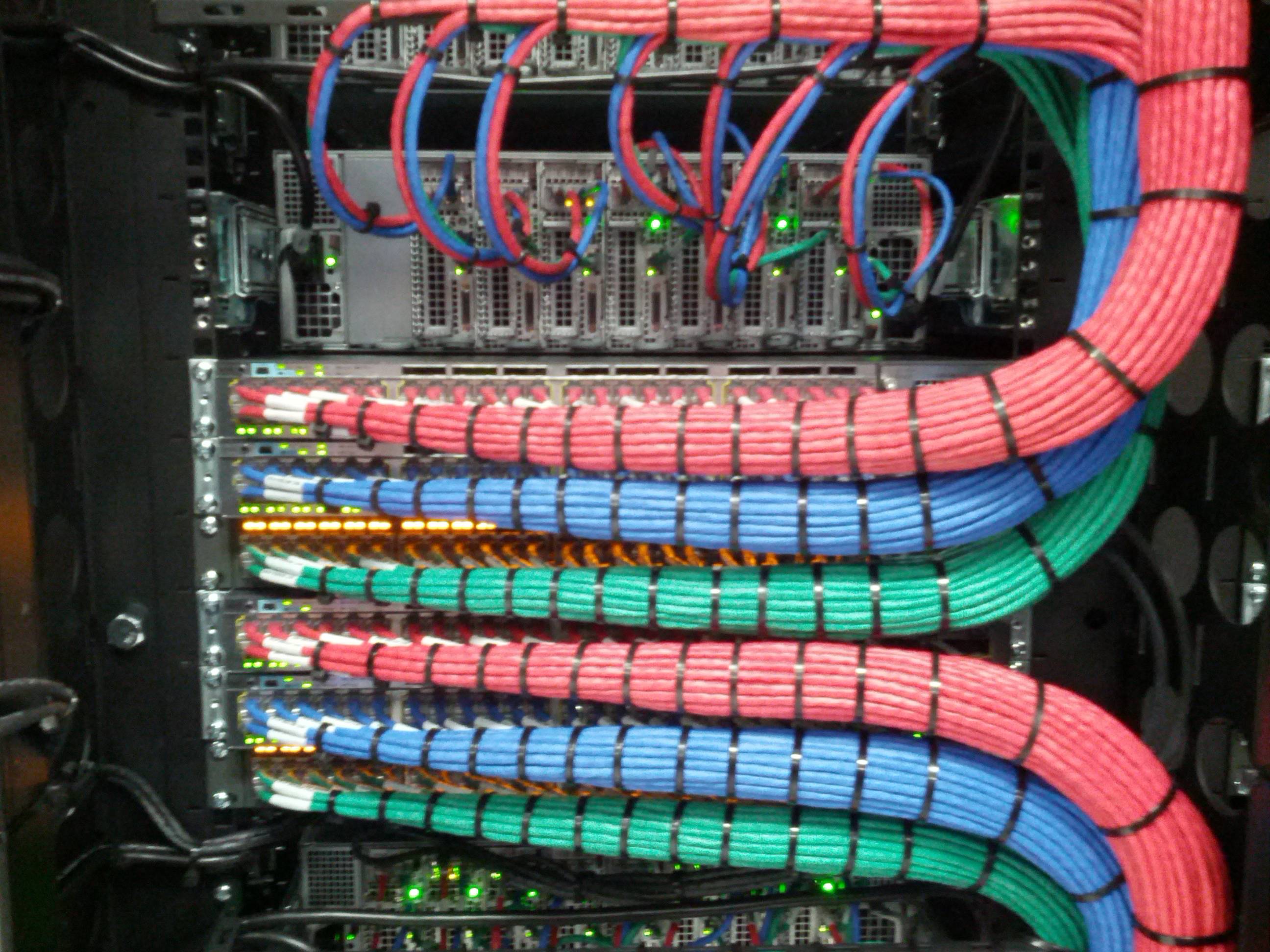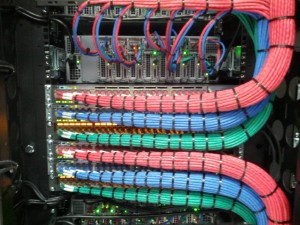 As the price of Cat6 cable has come down, the answer is yes. You get 500% more speed for about a 25% higher price. Unless you really just don't need more speed, go with Cat6.
As the price of Cat6 cable has come down, the answer is yes. You get 500% more speed for about a 25% higher price. Unless you really just don't need more speed, go with Cat6.
Category6 or Cat6 cables have established standards for the Gigabit Ethernet. This variety is backward compatible with Category 5 and 5e as well as Category 3 cable. Cat6 facilitates computer networks by providing high-speed data transfer rates. Performance can be described as optimal if other components within the network are also running at gigabit speeds.
What are the upsides?
Cat6 is fast. It has the capability to handle maximum speed performance of 250 MHZ. The network includes Gigabit Ethernet along with 10-Gigabit Ethernet. With complementary routers, interface cards, switches, and patch panels a complete gigabit network is possible. Information Technology professionals are aware that Cat6 cable provides exceptionally fast network performance and gigabit speeds.
The composition is similar to Cat5 Cable. There are eight wires which are coiled together forming four pairs. With Cat6, each pair of wires is designed to be insulated from the others so it can produce twice the communications capacity of Cat5 and Cat5e. Cat6 cables plugs and ports are compatible to Cat5 and Cat5e. It may not have the same maximum speed of the computer cable but it will still function.
You can upgrade to Cat6 cable if your current network is not performing at a productive speed in retrieving and saving your data files. Even small enterprises are now thinking of installing this model because it is fast emerging as the industry standard.
However, Cat6 cable is more expensive. It will surely be a waste of resources in cases where greater data speeds are not needed. That is why some users opt for Cat5e which is less expensive while still providing splendid performance.
At the same time, you are not guaranteed 100 percent full speed. Sometimes, there is a misconception that purchasing a Cat6 cable will offer users the whole gigabit bandwidth on your network. The truth is Cat6 cable will only generate full speeds if all of the components in the network can function at gigabit speed. In case a single part (network card, patch panel, switch or connector) is not gigabit rated, the network may work at the slowest speed of the slowest component device.
You might be persuaded to buy Cat6 without really understanding if it will really produce the desired impact on the network. This is why it is essential to learn everything about the product before you make a decision.
Call us at 202-462-4290 before you decide so that you can get a free on-site analysis that will pinpoint your network cabling needs.

 It can lead to a lot of negative outcomes such as paralyzed network performance, maintenance troubles and hidden costs. Network cabling can be especially troublesome if it is installed by individuals without the proper knowledge and tools. When it comes to twisted pair cabling, there are many factors that you need to consider.
It can lead to a lot of negative outcomes such as paralyzed network performance, maintenance troubles and hidden costs. Network cabling can be especially troublesome if it is installed by individuals without the proper knowledge and tools. When it comes to twisted pair cabling, there are many factors that you need to consider.

 As the price of Cat6 cable has come down, the answer is yes. You get 500% more speed for about a 25% higher price. Unless you really just don't need more speed, go with Cat6.
As the price of Cat6 cable has come down, the answer is yes. You get 500% more speed for about a 25% higher price. Unless you really just don't need more speed, go with Cat6.